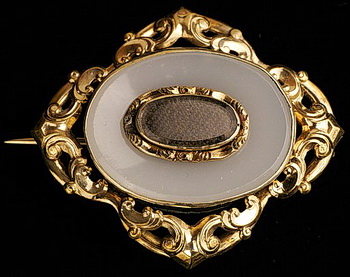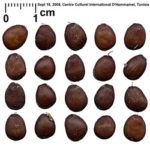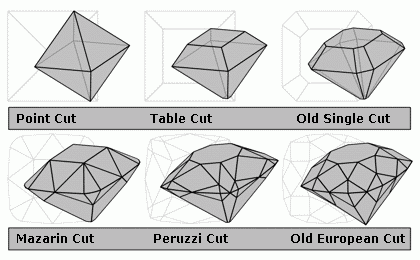
Jewelry is cherished for its unique beauty and is special for the value it may hold for the owner. When it comes to gemstone jewelry, the love and appreciation for the accessory doubles. After all, it’s more precious and beautiful. If you take good care of your jewelry, you can increase its value and pass it on as a treasurable heirloom for generations to come. Here’s a proper guide on how you can look after your gemstone jewelry.
Know Your Gem First
Before you deep dive into cleaning your gemstones, it’s important to first identify them. This is important because different gemstones have different physical properties and they may react differently to chemicals. For instance, some gems are sensitive to heat, while others may weaken because of harsh chemicals. Therefore, you must know what you’re dealing with before you begin your cleaning process.
While many online guides can help you identify your gem, the best would be to take it to a professional jeweler, a reliable gemologist or a geologist. Apart from identifying your stone, they can also notify you of any physical quirks and corresponding cleaning tools you will need.
Clean with a Soft Toothbrush
The best kind of brush to clean your gemstones is with a soft or extra-soft toothbrush. Avoid using a hard or firm brush as it can damage the stone. Use a clean toothbrush and be gentle while coursing it on your stone. Extra care needs to be taken when cleaning sensitive gems such as amber or pearl.
Use Mild Detergent
Most store-bought jewelry cleaners are safe because they are made from mild chemicals. The first step is to mix warm water with a mild detergent cleaning solution and soak your jewelry in it for 2 -3 minutes. Next, using a soft brush, scrub your jewelry gently. You can also use a clean toothpick or shaved matchstick to pick out accumulated dirt if any. But make sure to perform this step patiently.
Once you’re past this stage, dip the accessory back into the prepared solution. Lastly, rinse off in warm water, ensuring the temperature is the same as the solution. Once finished, shake off the excess liquid and polish it with a gentle, lint-free cloth. To avoid any liquid stain on your gems, plunge them on a surface full of maple wood chips for a few minutes. Afterward, remove all the chips away.
Handle with a Lot of Care
Be gentle and careful when putting on your jewelry. Never put pressure directly on them. Don’t push or pull them harshly as doing so may weaken the fastenings and lead to breaking or losing of stones. You should rather push rings by holding its sides or fasten bracelets or necklaces using the band, making sure the area where stones are fixed face upward.
Follow the Etiquette of Wearing Jewelry
Jewelry is often the most regular part of one’s attire. If that’s your case, you should wear your accessories responsibly to maintain their beauty for long. Always follow the golden rule of putting on your jewelry last (after your clothes, hair and makeup) but taking it off first. Do this, and you will lessen the chance of ruining your gems. Avoid wearing jewelry or take it off before engaging in any strenuous task such as cooking, exercising, gardening, etc.
Protect Your Jewelry from Extreme Heat and Light
Like many other items, heat can damage certain gemstones. Therefore, it’s best to keep them away from direct sun. For example, avoid placing your jewelry pieces made specifically from opal near the windowsill, where excessive heat can damage the appearance of the minerals.
A prompt change in weather conditions can also make certain stones or metals crack. Considering this, you should always tuck away your jewelry pieces in a safe box.
Regular Inspections
Regular care and maintenance are crucial for the long-lasting shine and beauty of your gemstones. It’s often suggested to get your precious gems examined by a qualified gemologist every few months. They can inspect your stones or metals for wear and tear and upon any damage that they find, they usually can fix it right away.
Consider Polishing
Keeping your gemstones stored for long can turn them dull and dreary. To restore their luster, polish them with a soft chamois. Try doing this daily to protect your gemstone jewelry from aging.
Store Carefully
The worst thing you can do to your jewelry pieces is tossing them away in your drawer or dressing table. To keep your expensive jewelry safe and sound, you should always store them in a sterilized bag or box. Make it a habit of putting your stones in a proper jewelry box once you take them off.
Take Your Jewelry Off Before You Go to Sleep
Just like you’re not supposed to go to bed with makeup on, you should not sleep wearing your gemstone jewelry either. Your jewelry may get tangled into your hair strands or get twisted with your bedsheet strings.
Gemstone jewelry can be a hefty (but beautiful) investment. And there’s no reason why you shouldn’t buy them if you can afford it. It will ultimately elevate your class and style. However, to ensure you can enjoy your gemstones forever, make sure to take excellent care of them by following the guidelines mentioned above!







